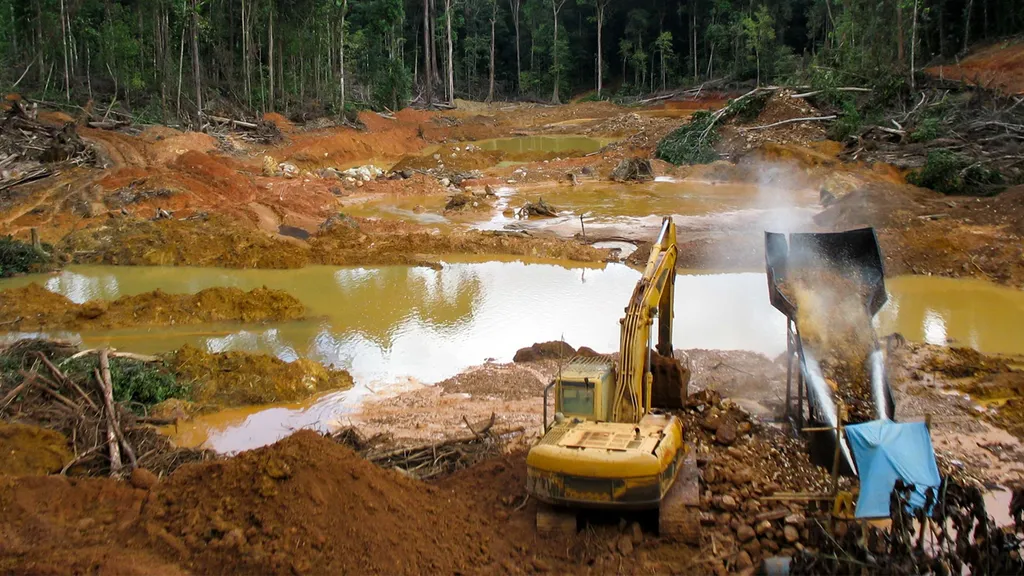In the heart of the Amazon, a groundbreaking study is turning industrial waste into a valuable resource, offering a promising solution for both waste management and the ceramics industry. Researchers, led by S.S. Santana, have demonstrated that electroplating sludge from the industrial hub of Manaus can be safely incorporated into red ceramics, marking a significant stride towards sustainability in construction materials.
The study, published in the journal ‘Materials Research’ (translated from Portuguese), evaluated the impact of incorporating electroplating sludge into red ceramics, a common construction material. The findings suggest that not only can this waste material be repurposed, but it can also contribute to reducing environmental risks associated with heavy metals.
The research team collected and characterized raw materials, then applied a 23 factorial design to test various sludge contents (0%, 10%, and 20%), firing temperatures (850, 950, and 1050 °C), and residence times (60, 120, and 180 minutes). The ceramic specimens were formed by hydraulic pressing and subjected to a series of tests, including flexural strength, water absorption, linear shrinkage, and heavy metal leaching.
While the incorporation of sludge slightly reduced mechanical performance and increased water absorption and shrinkage, all results remained within regulatory limits. The most notable finding was the significant reduction in the mobility of chromium (Cr) and nickel (Ni), indicating effective immobilization of these hazardous elements.
“This study underscores the potential of electroplating sludge as a raw material in red ceramics,” said lead author S.S. Santana. “It serves both as a recycling route and a strategy for environmental risk mitigation.”
The implications for the construction and energy sectors are substantial. As the demand for sustainable and eco-friendly materials grows, this research offers a viable alternative to traditional waste disposal methods. By integrating industrial waste into ceramic production, companies can reduce their environmental footprint and potentially lower production costs.
Moreover, the effective immobilization of heavy metals addresses a critical environmental concern, paving the way for safer and more sustainable industrial practices. This innovation could inspire similar initiatives in other industries, fostering a circular economy where waste is transformed into valuable resources.
As the construction industry continues to evolve, the integration of such sustainable practices will be crucial in meeting regulatory standards and consumer demands for greener products. The research by Santana and colleagues not only highlights the feasibility of this approach but also sets a precedent for future developments in waste management and material science.
In the words of the researchers, this study is just the beginning. The potential for scaling up these findings could revolutionize the way industries handle waste, turning a liability into an asset. As the world moves towards a more sustainable future, such innovations will be key to balancing economic growth with environmental stewardship.

